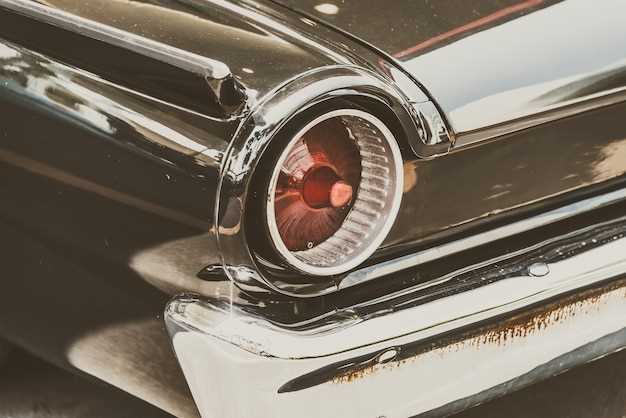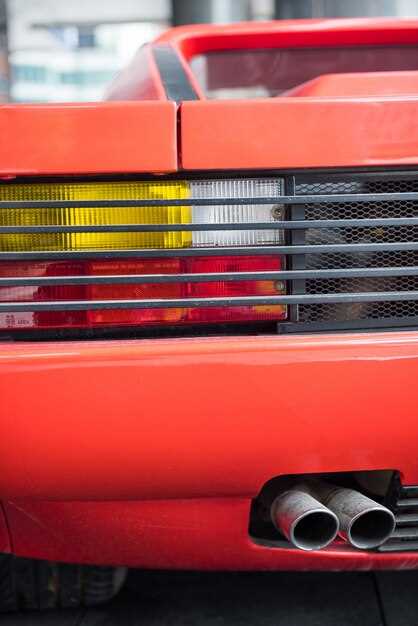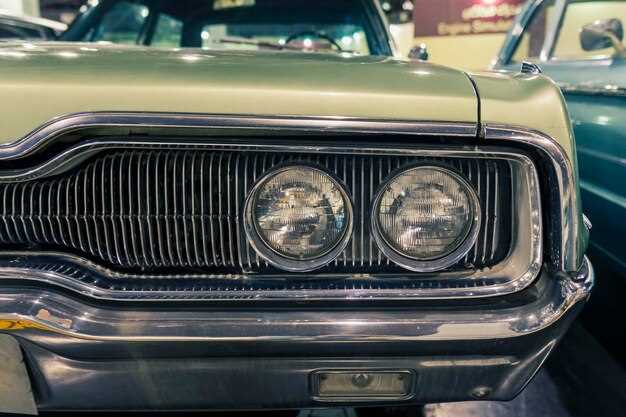

Upgrading the front grille of your Mustang is one of the most effective ways to enhance its overall appearance and performance. A custom grille not only adds a personal touch but also improves airflow to the engine, which can lead to better cooling and efficiency. This guide will provide you with the necessary steps to successfully install a custom grille, ensuring that you achieve the desired look while maintaining functionality.
When it comes to Mustang modifications, the front grille plays a crucial role in defining the vehicle’s character. Whether you’re aiming for a classic, aggressive, or sleek aesthetic, the right grille can make all the difference. This guide will break down the installation process, including the tools you’ll need, the steps to follow, and tips for achieving a professional finish without requiring expert knowledge.
By the end of this guide, you will not only learn how to install a custom grille on your Mustang but also understand the impact it has on the car’s visual appeal and performance. Let’s dive into the details and get started on transforming the front end of your Mustang with a unique and stylish grille.
Choosing the Right Custom Grille for Your Mustang Model

Selecting the perfect custom grille for your Mustang is essential to enhancing its front-end aesthetics and functionality. First, consider your specific Mustang model and year, as grilles are often designed to fit specific dimensions and styles. Research manufacturers to find grilles that provide a snug fit and are made from high-quality materials.
Next, think about the style you want to achieve. Custom grilles come in various designs, from classic mesh styles to aggressive, modern looks. Determine whether you prefer a subtle enhancement or a bold statement that sets your Mustang apart from the crowd. Mesh grilles offer a sporty appearance, while solid or bar grilles can provide a more aggressive front profile.
Functionality is also key when choosing a grille. Some grilles are designed with airflow in mind, improving engine cooling, while others may prioritize aesthetics. Ensure that the grille you select does not obstruct airflow to critical components under the hood. Additionally, some custom grilles include provisions for fog lights or other accessories, so consider your future upgrades when making a decision.
Lastly, read customer reviews and consult forums specific to Mustang modifications. Feedback from other Mustang owners can provide valuable insight into the quality, fitment, and durability of different grille options. By carefully considering these factors, you can confidently choose a custom grille that enhances both the appearance and performance of your Mustang.
Step-by-Step Installation Process for Front Grilles

Installing a custom front grille on your Mustang enhances its appearance and performance. Follow these steps for a successful installation.
Step 1: Gather Necessary Tools and Materials
Before starting, ensure you have the following tools ready: a screwdriver set, pliers, a socket wrench set, and safety glasses. Additionally, have your new front grille and any mounting hardware on hand.
Step 2: Remove the Old Grille
Begin by opening the hood of your Mustang. Locate the screws or clips securing the front grille. Using the appropriate screwdriver or socket wrench, carefully remove these fasteners. Gently pull the old grille away from the front bumper, taking care not to damage any surrounding parts.
Step 3: Prepare the New Grille
Inspect your new front grille for any defects before installation. If necessary, clean the mounting area on your Mustang to ensure a secure fit. Some grilles may require additional pre-installation modifications, such as trimming or adjusting clips, so refer to the manufacturer’s instructions.
Step 4: Install the New Grille
Align the new grille with the mounting points on the front of the Mustang. Ensure it is centered and positioned correctly. Begin securing the grille by attaching any mounting clips or screws included with the grille. Tighten them snugly but avoid over-torquing, as this may damage the grille or the vehicle.
Step 5: Final Adjustments and Inspection
Once the grille is installed, check for proper alignment and fit. Make any necessary adjustments to ensure it sits flush with the bumper and does not interfere with any vehicle components. After confirming that everything is secure, close the hood and step back to admire your work.
Step 6: Clean Up
Dispose of any packaging materials and tools used during the installation. A clean workspace ensures safety and maintains the aesthetic of your garage or driveway.
By following these steps, you will successfully install a custom front grille on your Mustang, enhancing its look and aerodynamics. Enjoy the upgraded appearance and improved performance of your vehicle!
Common Issues and Troubleshooting During Grille Installation
When installing a custom grille on your Mustang, you’ll likely encounter a few common issues. Understanding these problems can help you troubleshoot effectively and ensure a smooth installation process.
Misalignment of the Grille: One of the most frequent issues is misalignment. This often occurs when the grille is not properly fitted to the front of the vehicle. To address this, double-check the mounting points and ensure all clips and screws are correctly placed. Adjust the grille gently to achieve an even fit.
Compatibility Problems: It’s essential to verify that the selected grille is compatible with your Mustang model. Different model years may have variations in design. If you encounter fitting issues, consult the manufacturer’s specifications or consider an alternative grille designed specifically for your model.
Improper Tools or Fasteners: Using the wrong tools or fasteners can complicate the installation. Ensure you have the recommended tools at hand, such as screwdrivers, wrenches, and any specific fasteners that came with the grille. If you’re missing components, it may be necessary to source them separately before proceeding.
Loose Fit: After installation, if you notice that the grille feels loose, it may indicate that screws or clips are not tightened adequately. Inspect each fastening point and ensure everything is secure. It’s also beneficial to perform a gentle tug test after securing the grille.
Interference with Other Components: Sometimes, installing a new grille can lead to interference with components behind the front fascia, such as lights or sensors. Ensure that all parts are appropriately reinstalled and adjusted to prevent any electrical issues or functionality loss.
Addressing these common concerns will streamline the installation process and enhance your experience. Always refer to the installation guide provided with your grille for specific instructions and recommendations.





